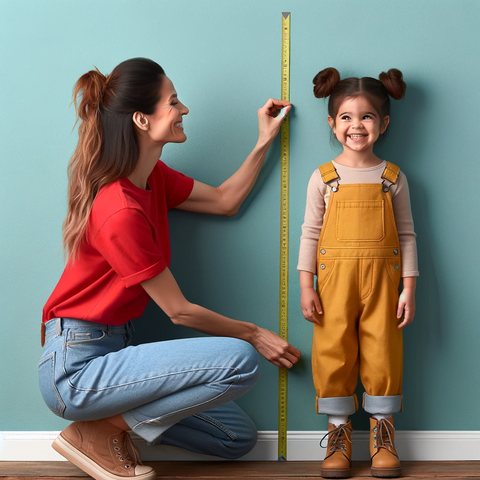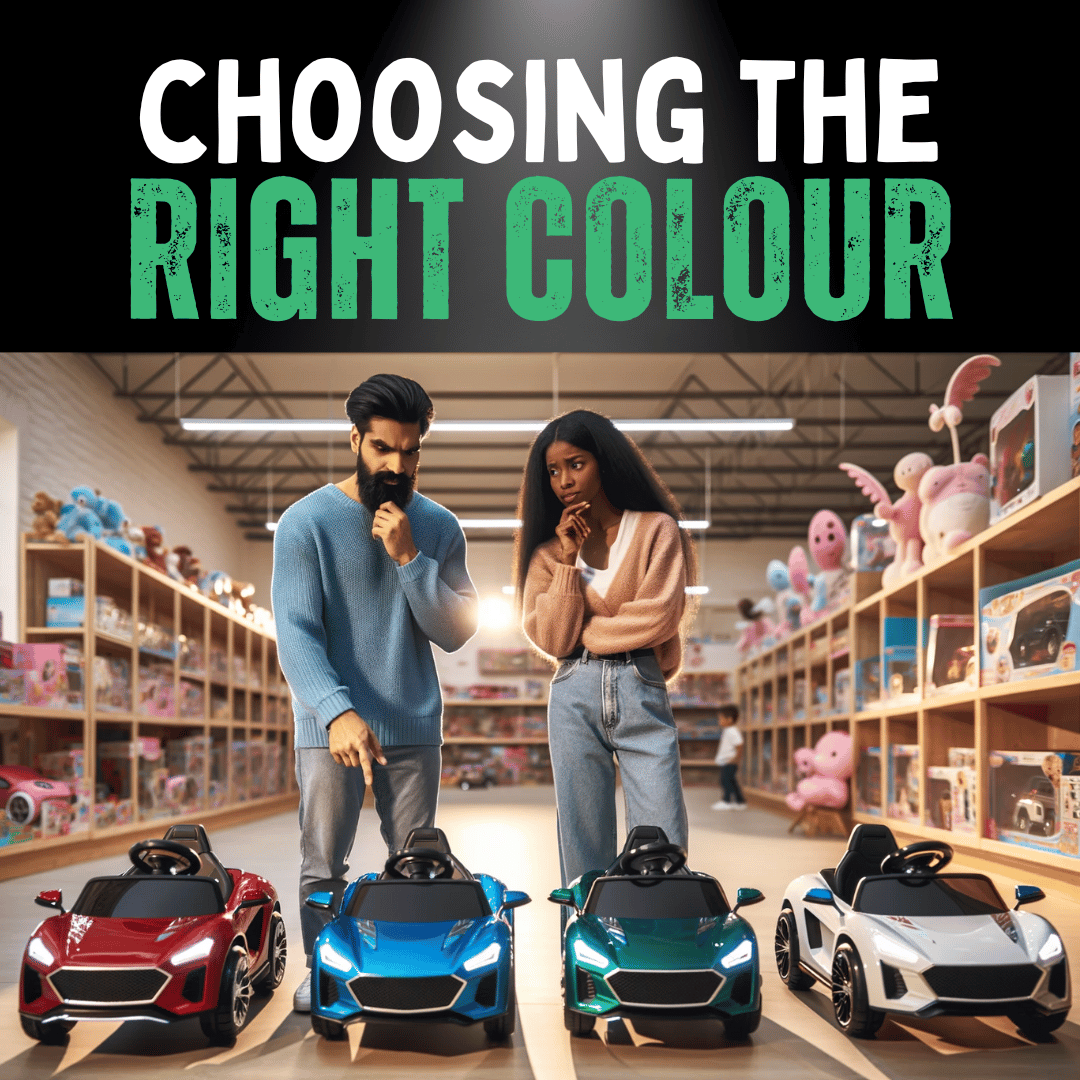
Updated: 16.4.25
How to Choose the Best Colour for Your Child’s Ride-On Toy
Imagine your child’s face lighting up as they spot their new ride-on toy—shiny, vibrant, and in their favourite colour. Colour isn’t just about visual appeal; it’s about self-expression, imaginative play, and practical considerations like visibility and durability.
So, how do you pick the perfect colour? Let’s explore the key things to keep in mind when making this important decision.
1. Age, Size & Fit

- Proper Proportions: Choose a ride-on toy sized appropriately for your child’s age and height for safety and comfort.
- Adjustability: Features like adjustable seats or handlebars extend usability as your child grows.
- Safety First: A toy that’s too small or too large could make riding awkward—or even unsafe.
Related: Kids Ride on Toy Buyers Guide
2. Personality & Preference
- Self-Expression: Let your child have a say in the colour to help them develop decision-making skills.
- Emotional Bonds: Kids often form strong connections with their favourite colours—lean into that.
- Thematic Play: If they love a superhero or character, choose a colour that fits that world.
3. Type of Ride-On & Functionality
- Realism: Ride-ons that mimic real vehicles often look best in classic or car-inspired colours.
- Outdoor Use: Earthy tones are great for outdoor toys like quad bikes and hide dirt well.
- Visibility: Bright shades improve visibility during outdoor play—think neon or bold primaries.
- Consistency: If your child has a themed toy collection, choose colours that match or complement it.
4. Durability & Longevity
- UV-Resistant Finishes: Look for high-quality paints or coatings to prevent fading.
- Maintenance: Clean your toy regularly and store it properly to extend its lifespan.
- Colour Retention: Deeper or more neutral tones may look newer for longer.
Related: Tips for Maintaining Your Kid’s Battery Electric Ride-On Car
5. The Psychology of Colour

- Stimulating Play: Vibrant colours like red, yellow, and blue can energise and spark creativity.
- Calming Choices: Soft pastels or cooler tones can create a more soothing play environment.
6. Inclusive Colour Choices

- Gender Neutrality: Shades like teal, yellow, or green appeal broadly and challenge gender stereotypes.
- Cultural Awareness: Colours can carry different meanings—opt for tones that are culturally appropriate.
- Future-Proofing: Neutral colours make it easier to pass down toys or resell later.
7. Embracing Imperfection
- Minor Marks: Small blemishes from shipping are common and don’t affect function or fun.
- Practicality: Darker colours tend to hide scuffs and stains better than lighter options.
Final Thoughts
Choosing the right colour isn’t just about what looks good—it’s about what feels right for your child. From size and safety to emotional connection and long-term use, colour plays a bigger role than you might expect.
By considering these factors, you’re not just buying a toy—you’re giving your child an experience that fuels joy, creativity, and adventure.
FAQs
Can colour affect how often my child plays outdoors?
Yes—bright colours can attract attention and encourage outdoor play by making the toy more engaging and visible.
How do colours impact child development?
Colours influence mood, encourage emotional expression, and enhance sensory and cognitive development.
What colours are timeless for ride-on toys?
Red, blue, green, and white remain favourites across generations and are always in style.
Should I avoid gender-stereotyped colours?
Choosing neutral or non-traditional colours supports inclusivity and helps children explore freely without social limitations.





Share:
Kids Ride on Toy Buyers Guide For 2025
The Differences Between Kids Pedal Go Karts And Electric Go Karts?